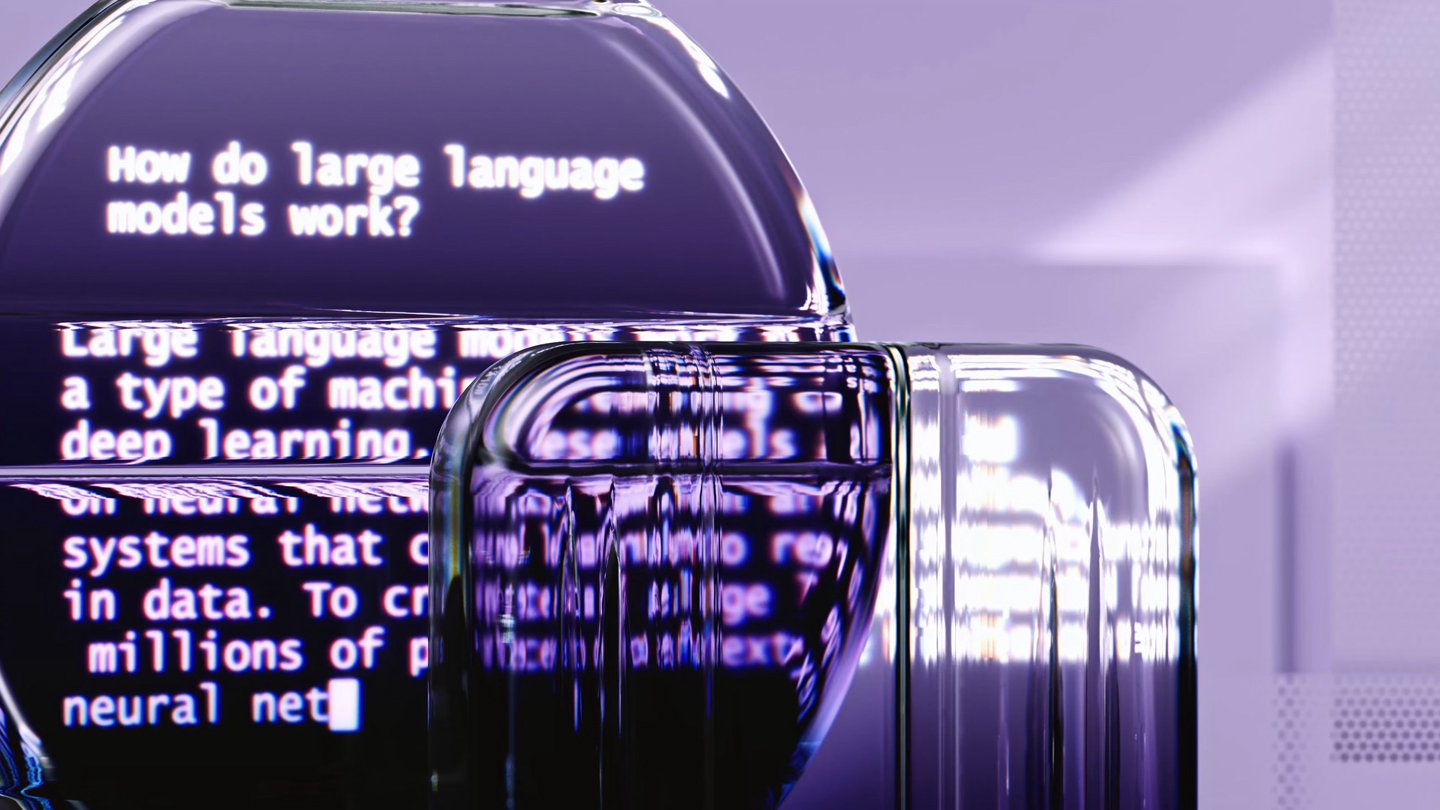The Future of LLMs: How can you leverage them to enhance your business efficiency?
According to TechTarget, a Large Language Model (LLM) is a type of Artificial Intelligence algorithm that uses Deep Learning techniques and massively large data sets to understand, summarize, generate and predict new content.
The LLM field is undergoing rapid evolution, with numerous surprises yet to come. It has significant potential, but also faces significant limitations, particularly in ethical and safety considerations. Despite this, many entrepreneurs, not just a few, are already using or planning to use LLM in their work. We have asked several experts to share their insights on the future of LLM, their use of LLM, and the areas where they see LLM development.
How can the LLM be used in the workplace?
The use of LLM by developers for development purposes:
Surabhi Bhargava, Sr. ML Engineer at Adobe, notes:
“As an ML Engineer, I actively use LLMs both at the time of development and for development. I work with GPT, Claude, and others for creating features, but also actively use GitHub copilot for increasing developer productivity.”
Ilya Smirnov, Head of AI / ML Department at Usetech, notes the following:
“Many customers believe that LLM technology can fully replace the labor of a programmer. However, this is not the case. While LLM technology can assist in certain tasks, it cannot create unique projects in and of itself. AI can be a valuable tool in this regard, but it cannot perform all tasks that a human can.”
The LLM is designed to streamline the process of working with content:
Brian Prince, CEO of TopAITools, shares his opinion:
“We use LLMs indirectly through apps like ChatGPT and Google Gemini. More and more, I believe, we will see LLMs playing a role in everyday life. In the future, it could become a key aspect of communicating with technology.”
Another interesting point of view is shared by Arthur Delerue, Founder and CEO at KWatch.io:
“We heavily use LLMs in our product for automatic social media analysis. More specifically, we fine-tuned and deployed our own generative AI models for sentiment analysis and content categorization.”
What other applications are there for LLM?
The role involves a variety of text and article writing, marketing tasks, working with chatbots, and a creative component.
Where will LLMs be used, and where are they already used?
As most experts agree, the LLM is a valuable tool for content production and various texts, for marketing needs and analytics, and for programming. According to Brian:
“LLMs have already proven their worth in personal smart home assistants, customer service chatbots, and travel planning apps. As it evolves, we’ll see LLMs in use in virtually every industry. It is already being used in medicine and healthcare to improve diagnostic tools, and in education to provide personalized lessons to meet students where they are and improve engagement in the classroom.”
“LLMs are already gaining popularity for search related applications and as coding assistants. Over time, they will also be used to extract insights from documents for knowledge workers.
In the future, I see LLMs also being used in healthcare for patient intake and note-taking. Another potential application of LLMs would be in the field of education, as tools to learn and improve languages. However, for any of these to be effective, LLMs would need to be made more trustworthy and robust.” – predicts Surabhi.
What can we expect for the future of the LLM?
Arthur shares the following prediction: “In the near future, we anticipate a strong demand for local LLMs, i.e., small LLMs deployed on consumer hardware like phones and PCs. This should soon be possible thanks to recent progress in LLM optimization (see quantization and distillation techniques).”
Brian adds: “In a word, I’d say the future of LLMs is bright. I see Large Language Models growing more robust, increasingly conversational, and better equipped to combat some problems inherent in AI today. For instance, by feeding it massive datasets from a broad range of sources, we can eventually combat bias and inequity in LLM responses. This will take time, and right now, it’s one of the key stumbling blocks to adoption in many fields.
For the foreseeable future, LLMs will continue to need extensive human oversight to verify facts, and – even more importantly – detect and mitigate biases that have crept into the programming.
Overall, I’m optimistic about the future of LLMs to transform many industries and tasks.”
